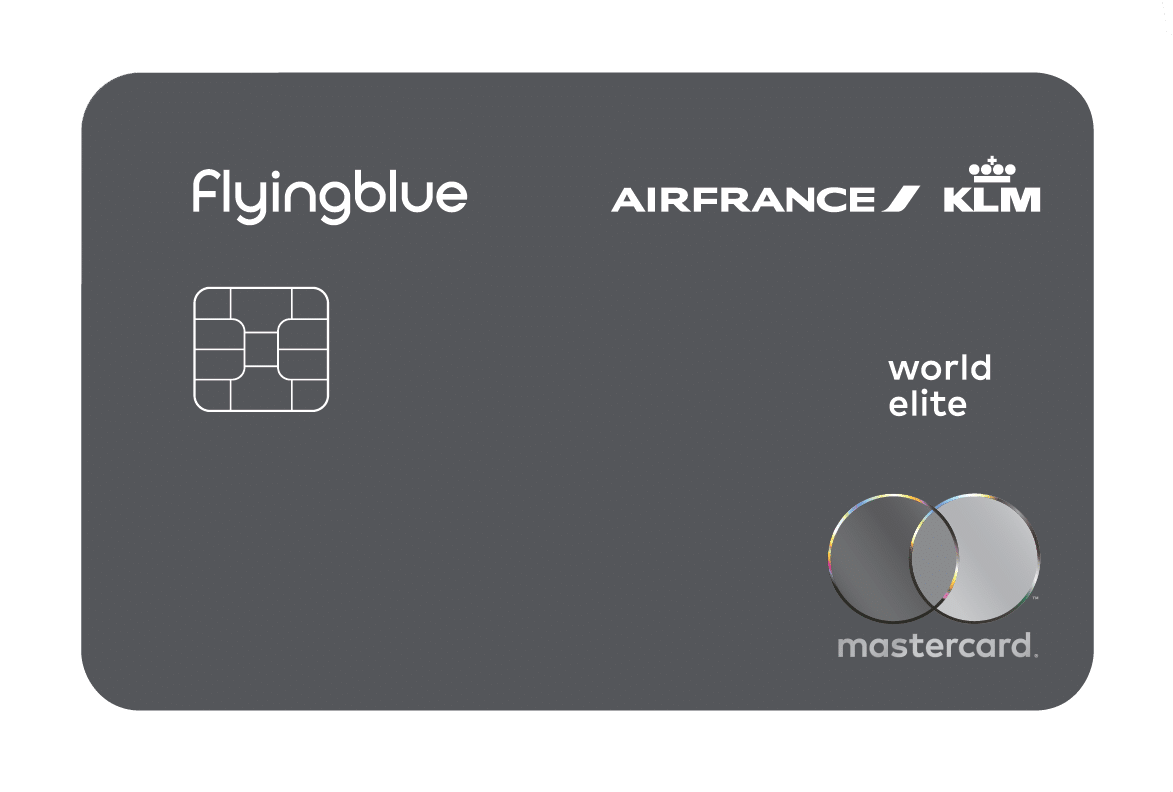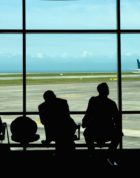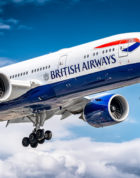Air France KLM Flying Blue is becoming one of Canada’s leading airline loyalty programs. This is despite Air France and KLM being European carriers.
Harmonized transatlantic pricing, as well as the launch of the co-branded Air France KLM World Elite Mastercard®, has helped make the program more attractive in the Canadian market.
While Flying Blue might arguably be the best SkyTeam airline program for Canadians, there are still ways for it to improve and better compete with other programs, especially with our homegrown Aeroplan program.
In this article, let’s explore four changes that would make Air France KLM Flying Blue even better.
1. Taxes and Fees for Premium Cabins
Air France KLM Flying Blue imposes competitive award pricing, particularly for transatlantic flights. Fairly recently, the program harmonized its North America–Europe pricing, with one-way tickets costing as low as:
- 20,000 miles in economy
- 35,000 miles in premium economy
- 50,000 miles in business class
Flying Blue’s pricing scheme beats its competitors, such as Aeroplan; however, tickets with Flying Blue are subject to carrier-imposed surcharges, or the dreaded fuel surcharges.
If you book premium economy or business class, you should expect to pay $200–300 (all figures in CAD) per direction.
Looking at a specific example, a one-way business class ticket between Calgary and Amsterdam comes with $265 in carrier-imposed surcharges.
While that isn’t as hefty as what the likes of British Airways Executive Club charge, fuel surcharges are a bane within the Miles & Points community.
As such, we loved to see Flying Blue reduce its surcharges to make the program even more attractive and popular.
2. Partner Award Pricing
Among SkyTeam carriers, Air France KLM Flying Blue is arguably the best loyalty program for Canadians. As mentioned above, the program offers competitive pricing on transatlantic Air France and KLM flights.
However, this competitive pricing doesn’t extend to SkyTeam and non-alliance partners.
For example, a one-way flight from Vancouver to Taipei on China Airlines usually prices out at 82,500 Flying Blue miles plus $148 in taxes and fees.
Meanwhile, Vietnam Airlines’ newly launched route between Manila and Hanoi prices out at 17,500 Flying Blue miles in economy and 35,500 miles in business class. These amounts seem excessive for a flight that only lasts for three hours.
Comparing these prices with Aeroplan’s partner award pricing and lack of fuel surcharge, Flying Blue is clearly at a disadvantage.
To illustrate, a one-way Taipei to Seoul business class ticket on Asiana Airlines, an Aeroplan partner, costs only 20,000 Aeroplan points.
The same ticket on Korean Air, a Flying Blue partner, costs 34,000 Flying Blue miles.
One notable reason for this pricing difference is that with Aeroplan partner awards aren’t priced dynamically, while they are with Flying Blue.
All that being said, if Flying Blue wants to be as top-of-mind for Canadians as Aeroplan, then it must improve its partner award pricing. It may start with lowering partner award prices, but ultimately, it should stabilize partner award prices like Aeroplan does.
3. Transfer Ratio with Amex Membership Rewards
In Canada, you can earn Flying Blue miles directly with the Air France KLM World Elite Mastercard® at the following rates:
- Up to 30 Miles per dollar spent at Brim Financial’s merchant partners
- 2 Flying Blue miles per dollar spent at restaurants and bars
- 1 Flying Blue mile per dollar spent on all other eligible purchases
You may also convert your American Express Membership Rewards (MR) points to Flying Blue miles, though this exchange comes with a disadvantageous rate of 1 MR point = 0.75 Flying Blue mile.
It’s great that MR points can be transferred to Flying Blue since it makes the program more accessible. However, the transfer ratio eats into the value of the attractive award redemption prices.
For example, a one-way business class flight from Canada to Europe that costs 50,000 miles has an effective cost of 66,667 Amex MR points with the transfer ratio considered.
This takes away Flying Blue’s advantage over other programs, such as Aeroplan and British Airways Executive Club.
At this rate, you could instead book a one-way flight in business class with Aeroplan for 60,000–70,000 points, depending on your point of departure. Plus with this option, you won’t have to pay carrier-imposed or fuel surcharges.
Keep in mind that in the US all major transfer partners, such as American Express US Membership Rewards and Chase Ultimate Rewards, transfer at a 1:1 ratio.
To make the Flying Blue program even better, it’d be great to see this conversion rate extended north of the border as well.
Additionally, it wouldn’t hurt to offer the occasional points transfer bonus like what British Airways Executive Club does with Avios.
4. “Starting At” Availability
While it’s true that Air France KLM Flying Blue has excellent award pricing for transatlantic flights, you may only be able to find these lower prices on one date per month, depending on when you book.
As with any airline program, your best chance of finding award availability at the lower end of the dynamic pricing spectrum is to book far in advance. You also might be able to find lower-end prices on last-minute bookings.
If you book a year in advance, you should find a flight from Vancouver to Paris in business class for 50,000 Flying Blue miles.
If you don’t book far in advance, you may run into a bunch of dynamic pricing, whereby the lowest price you see is at least triple the “starting at” amount, or sometimes even more.
While you can indeed book all Air France or KLM seats with Flying Blue, the pricing often isn’t attractive.
Thus, it’d be nice to see Flying Blue improve the program by guaranteeing a minimum number of award seats at the “starting at” or the so-called “saver level” on every flight. This would bring the program in line with what British Airways Executive Club does.
Conclusion
More and more, Air France KLM Flying Blue is making itself felt in Canada. The launch of the co-branded Air France KLM World Elite Mastercard®, which attractively earns miles on everyday purchases, is a notable part of this growing brand recognition.
Despite the Flying Blue program harmonizing transatlantic award pricing, which generally brought costs down, there still are ways for the program to be even better.
We’d love to see Flying Blue impose some of the changes we’ve mentioned above, as it’ll only make the program more appealing for Canadians.
Regardless of whether these changes are made, if you’re looking for a program with great transatlantic pricing, Flying Blue is certainly worth exploring.
†Terms and conditions apply. Refer to the card issuer’s website for complete, up-to-date information.























Excellent recommendations. Let’s hope KLM/Air France are listening.